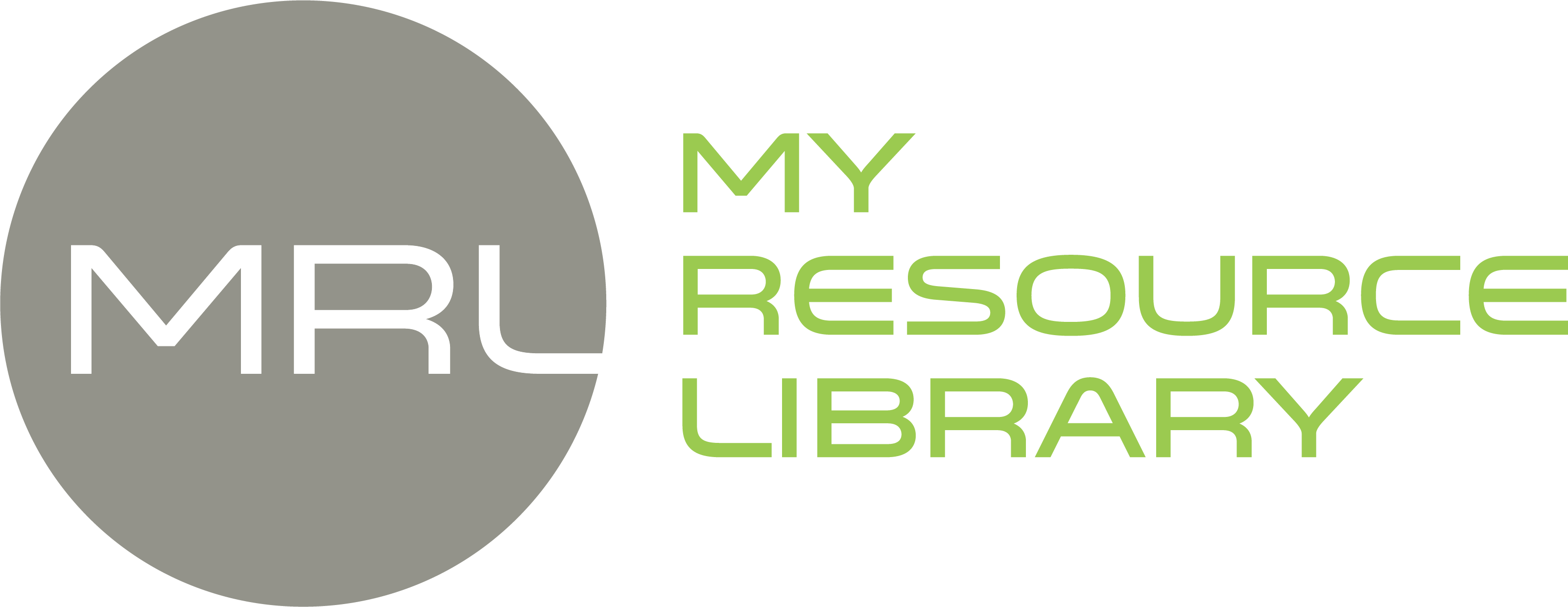The Future of Workplace
We asked Yoel Berznoger, Director of Haworth’s Client Engagement Studio in Canada for his thoughts on “The Future of Workplace”, here is what he had to say.
The Future of Workplace is… all about Language. There’s so much being written these days about the “Future of Workplace’… It’s about technology, open plan, privacy, millennials, gen-z, well-being, agile and the list goes on and on. There are a lot of good points to be made within these topics (some more reasonable than others), but my thought is that the “Future of Workplace” is all about Language.
Let me explain.
Open plan. Love it or hate it, the first challenge is to define it. What about Collaboration? Need more of it, of course you do (or maybe you don’t)! Can you define why, or even how you are doing it now?
Ask one person what they need to do their mind’s best work, and they may say more space, privacy, and storage. Asked another way, where do they get your best work done, and they may likely say at a coffee shop (no space, privacy or storage to be had there!)
Workplace is at a point where we are recognizing the importance of variety of spaces which afford us different experiences at various times to support our ever changing and complex work life. At Haworth, we have developed a framework of 10 core Affordances that describe the relationship between people (our physical, emotional and cognitive needs) and the physical attributes of space we occupy. Depending on the attributes of a given space, affordances can be provided, removed or adjusted to help meet and support specific behaviors.
Put simply, comfy lounge furniture in a space is more likely to have people gather in casual conversation rather than critically reviewing spreadsheets and double checking the math. Give a person a guest chair to sit in, and they are more likely to feel welcome and like they belong (vs. hovering and waiting their ‘moment’ to break in, or finding and dragging in a chair from somewhere else so they can sit while they wait, or worse, leave frustrated – zero affordance experienced). Now of course it’s not that simple, but when balanced appropriately, utilizing the principles of affordances can help workplaces make more sense, improve experiences, and empower users to work more effectively.
So, what does this have to do with language? The way to start is by defining what is important. What are you trying to achieve through in your space? How does that align to organizational goals? Is it about Human, Organizational or Facility performance (hopefully a balance of all 3). What do people need to work in a way that support their goals?
Lots of language to define, clarify and come to consensus on before you can start. It is only once you understand what it is you are trying to achieve, by developing a common understanding of what words mean, that you can successfully apply the right principles and affordances. With the right mix of spaces, supporting and inspiring employees to achieve the goals of the organization (and feeling great while doing it), becomes that much easier!


 Get In Touch!
Get In Touch!
 Contact
Contact